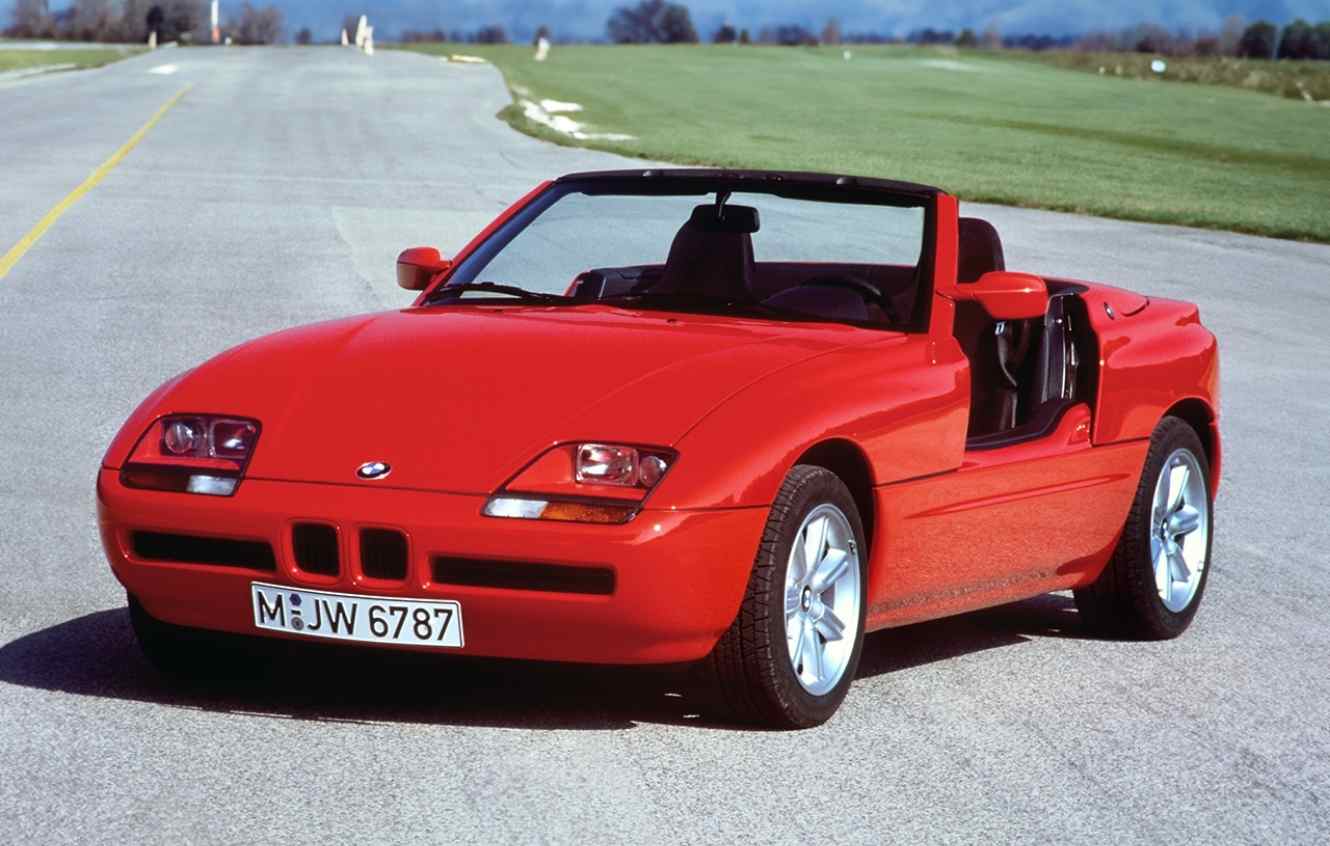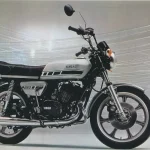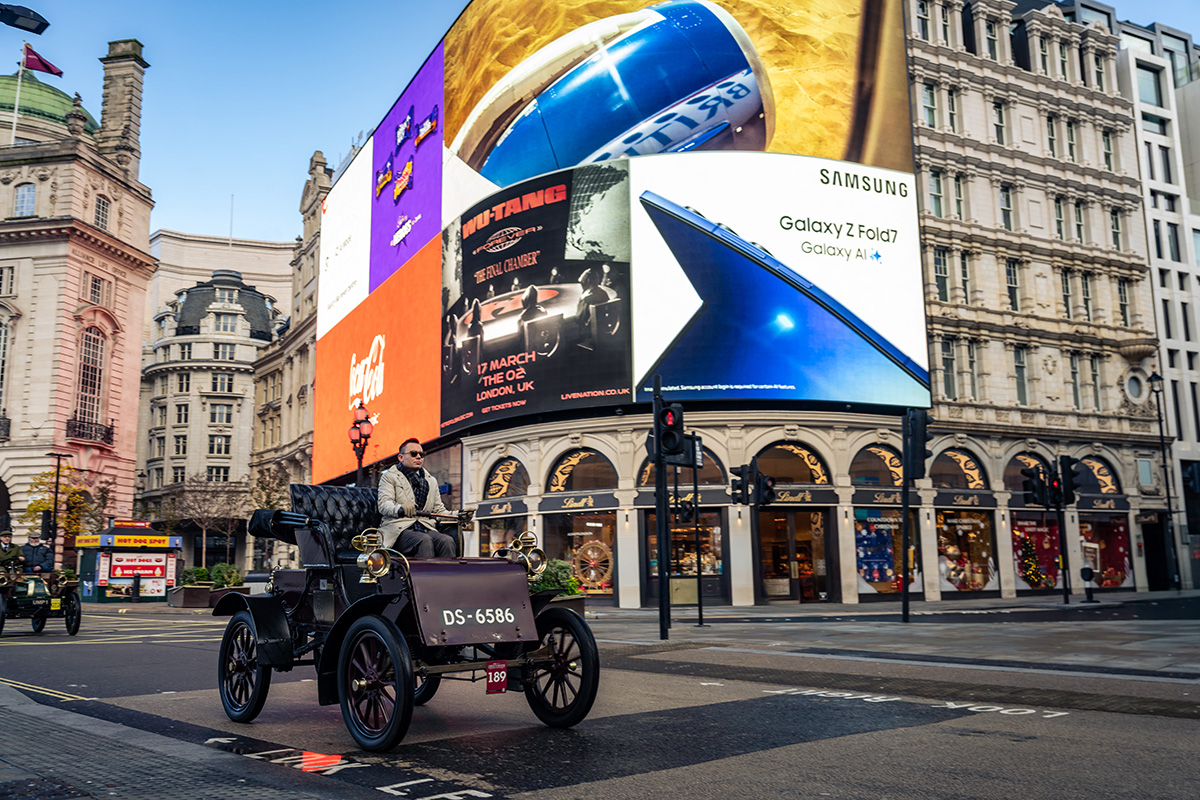Author: Alisdair Suttie
Photography: BMW Group Classic
The BMW Z1 was the first car from BMW Technik GmbH, the brains trust formed by the German firm to come up with new ideas, and it did just that with the Z1 that showcased a number of innovative technologies and engineering solutions. All of these achievements were wrapped up in a two-seat open sportscar with no initial intention of going into production. However, matters soon gathered momentum when BMW’s board gave the project the nod to develop it further into a fully formed prototype. Heading up this new forward-thinking department was Ulrich Bez, who later went on to become boss of Aston Martin. The styling was led by Harm Lagaay, the designer responsible for the Porsche 924 and who helped save Porsche’s skin with the original Boxster. Such talent was never going to create something dull and the Z1 that broke cover at the 1987 Frankfurt Motor Show was anything but bland. The wedge profile was aerodynamically efficient and matched by a smooth undertray to further improve air flow. Even the rear exhaust silencer played its part as its shape doubled as a rear diffuser when such things were only ever seen on racing cars. This also negated the need for any protruding wings to keep the body’s shape clean and uncluttered.
Of course, the stand-out feature of the Z1 as its drop-down doors, which quickly slunk into the deep sills to allow access to the cabin. The car could be driven with the doors down for a more open-to-the-elements feel or with them raised for more refinement. Either way, they caused a sensation when the BMW Z1 was unveiled.

However, there was a lot more to the Z1 than met the eye. It’s sleek body was panelled with composite materials, which were much more resistant to minor bumps as they would spring back into shape when pushed. This required a new paint method that allowed for greater flexibility depending on which panel was being coated. As well as this, BMW made all of the body panels non-structural so they could be removed and, the company claimed, replaced entirely in 40 minutes so owners could buy a spare set and change the car’s colour when the mood took them. In reality, it was a much longer process to swap the body panels and few owners bothered paying the extra for another set.
Yet this wasn’t the end of the BMW Z1’s new thinking. Under the body, the monocoque chassis used a new zinc welding process that gave the base greater torsional rigidity for improved handling and safety. The engine, borrowed from the BMW 325i, was mounted to give the Z1 ideal handling with a 49:51 front-rear weight distribution. The rear axle was a new multi-link design. BMW described this as using two transverse control arms and one longitudinal control arm to create a centrally guided, spherical double-wishbone axle. Or, for short, it was called the ‘Z axle’ and would go on to be used in the next generation E36 3 Series to great effect.
All of this made the BMW Z1 a big draw for buyers and 3500 deposits were taken in advance of the car going in sale in June 1988. Success looked guaranteed, yet the Z1 lasted only three years in production and just 8000 cars were made. This was partly due to the high price, while others pointed to performance that was good but not great as the 2.5-litre straight-six’s 170bhp delivered 0-60mph in 7.9 seconds and 140mph. Today, the Z1 is often overlooked and underrated, which seems unjust for a car that pioneered so much for BMW.
What’s a BMW Z1 like to drive?
Let’s deal with the prime criticism of the BMW Z1 right away: its performance. Many will point out that its pace didn’t live up to the looks, with 0-60mph in 7.9 seconds and 140mph on offer from its E30 325i-sourced 2494cc straight-six motor and five-speed manual transmission. While it’s true an E30 M3 was quicker off the mark with 0-60mph in 6.7 seconds thanks to its 200bhp 2.3-litre four-cylinder motor, it wasn’t really any quicker flat out (143mph). Also, the Z1 was a roadster rather than an out-and-out performance car, so those complaining about straight-line speed are missing the point to a large extent.
The point is how the Z1 maintains its pace on even the turniest, twistiest road. Like the original Lotus Elise. Mazda MX-5 and Porsche Boxster that followed it, the Z1 was a car that majored on handling rather than outright power. As such, it was also a car that required the best from its driver to keep momentum flowing. It’s the same when driving one today, helped by modern tyre technology that serves to further highlight what a gem this car is to drive. Precise steering offers all the feedback you could need or want, while the neutral chassis balance means you can press into tight bends with confidence the front will bite and the rear won’t snap. Like the roadsters mentioned above, there is a fluidity to how the BMW Z1 drives that means you need longer behind the wheel than a short test drive to appreciate its depth of ability.
And you will want to cover miles in the Z1. Once you’ve mastered getting in and out with the hood raised, which requires a similar dexterity to doing the same manoeuvre in an Elise, the Z1’s cabin is very comfortable. The seats are unique to the model and well shaped, while the dials, steering wheel, pedals, and gear lever are ideally placed. The controls work with typical BMW weighting, so they’re mechanical without being too heavy. The rest of the interior is much the same as you’d find in an E30 3 Series, though with some quirks because of the doors. For instance, the door release handles are down in the sills, while the mirror adjustment is tucked under the centre console. The mirrors themselves are mounted on the windscreen pillars because they can’t be fitted to doors that disappear into the sills. You’ll also find an exposed roll bar across the top edge of the windscreen, which is handy for pulling yourself out of the car.
Get moving and the Z1’s suspension is firm but never crashy and the suppleness helps make this a car you will be happy to use on long trips. With the doors raised and the hood folded, the cabin a largely bluster-free, while the simple hood is quick to put up and seals out the rain effectively, if not all the road noise. Left-hand drive is quickly forgotten when driving in the UK, helped by the Z1’s compact dimensions that mean you don’t need to edge out too far to see when overtaking.
The 2.5-litre engine’s 170bhp gives decent shove and the motor is happy to rev, which is necessary if you want to make the most of the Z1’s talents. It is a shame BMW didn’t make a Z1 with more power, but Alpina satisfied this with its RLE model that increased the engine’s size to 2.7-litres and upped power to 200bhp. This knocked a second of the 0-60mph and increased top speed to 144mph. Either way, it makes a good sound when spinning hard and the five-speed manual gearbox has an accurate, albeit slightly long, shift action. Along with decent brakes, the Z1 feels more modern to drive than its 1980s roots thanks to the taut chassis and clever rear suspension design.
How much does a BMW Z1 cost?
A combination of composite bodywork and excellent rust protection from new means there’s little likelihood of finding a basket case in need of ground-up restoration. The cost of this would also far outweigh the finished car’s value, so far better to look for a sorted Z1 in the first place. Prices for a Z1 in decent order with the sort of mileage that speaks of a life of being enjoyed start at £25,000. Cars in this bracket will have room for improvement in their appearance and a mechanic refresh, but you can use them right away.
A Z1 in generally good all-round shape with original paint and the occasional blemish will need you to up the budget to around £38,500, while cars that you’d be more than happy to park at a coffee meet can nudge up to £55,0000. Look for a concours example with negligible miles and around £90,000 will be required. This will also bag you a very good Alpina RLE, if you can find one for sale.
What goes wrong and what should you look for when buying a BMW Z1?
The good news for buyers is the BMW Z1 is robust, relatively easy to look after, and most have lived cossetted lives. That doesn’t mean this roadster is immune from age or neglect, so checks are still needed to avoid buying a lemon, and it starts with the body panels. While they are unstressed and non-structural, the plastic panels can suffer from stress cracks where they attached to the chassis. It’s also important to look for scratches or signs of damage as this will affect value and need to be repaired, and achieving consistent shut lines takes time and skill. However, the fabric roof is easy to looks after or replace, and it has a manual folding mechanism. IF you find a car with a Wiesmann hardtop included in the sale, this is a welcome bonus as they are rare and desirable. Also ensure the car comes with its original 16-inch alloy wheels as these are tricky to replace and unique to the Z1.
Interiors also need to be inspected for wear and tear. The seats’ leather can soon look scruffy from people getting in and out, but is simple to repair. However, items like the steering wheel and radio are difficult to source, so be sure they are intact. Beyond that, the interior is simple and BMW didn’t fit air conditioning to the Z1, so it’s one less thing to worry about.
The doors should work quickly and smoothly, going up and down in around five seconds. Be sure the window works at the same time as the main door section as it raises or lowers – both should work together. The doors can stop working if the rubber drive belts that operate them break. These belts are available and don’t cost a much, and replacing them is easily within the scope of the competent home mechanic.
Corrosion should not be present on the main structure of the BMW Z1 as it was very well protected from new. Anything more than minor surface rust points to poor crash repairs, so you’d be advised to walk away from any car in this condition. The plastic undertray is important to the car’s aerodynamics, so look underneath to make certain it’s fixed in place. While under the car, also look at the condition of the rear exhaust silencer that doubles as part of the rear diffuser. Replacements are available, but costly.
As for the rest of the Z1’s mechanical components, they are all largely shared with the E30 325i, so the usual checks for oil leaks and regular cambelt and tensioner changes. The gearbox is strong, so nothing to worry about here and the Z1-specific torque tube that links the ‘box to the rear axle is not a problem area. Some owners upgraded to a limited slip differential from an M3 or 325i Sport, and this is a desirable modification.
Which is the right BMW Z1 for you?
All 8000 BMW Z1s left the factory with left-hand drive, though a few were converted to right-hand drive for the UK market by Birds, which carried out two such conversions, and Griffin Motorsport, which converted six cars. Finding one of these period right-hand drive conversions will take time, patience and money as they are sought-after. However, left-hand drive isn’t a huge problem even when driving the Z1 in the UK, so it’s far from a deal breaker. Alpina and AC Schnitzer version are also vanishingly rare and expensive.
Aside from condition, a Z1’s colour combination will be the deciding factor in picking the car for you. Top Red was the most popular colour for new buyers, with 3102 produced, followed by Dream Black Metallic (2301), Ur Green (2041), Magic Violet Metallic (228), Pur Blue (193), and Fun Yellow (135). There were also two cars painted in unique colours, one in blue for Ulrich Bex and another in orange for Harm Lagaay. Most Z1s came with the Dark Grey Nubuck leather interior, while 1189 had the leather and cloth Lemon finish, 208 with Light Grey, and just 38 with the Red upholstery.
Unless you are particularly smitten with a colour scheme, we’d buy a Z1 on condition and history to enjoy the rarity, handling, and the joy of those unique doors.
Keep your classic on the road
At Hagerty, our mission is simple: to help you protect the car you love. Discover classic car insurance from the people who get it.










Your summary is spot on!
I have had one for a few years and I could find myself in each situation you describe.
Lots of fun, great to play with, a little short on power (by the way the gearbox on the same engined but heavier 325iX touring enables faster acceleration) and …well… always something to repair/improve.
Guaranteed to be ‘different’ in the traffic everywhere.
The biggest advantage is they are very reliable and cheap to maintain. A general overhaul (including door mechanism) of almost anything that is worn out of age will cost you around 10K in Germany. And the positive responses of course when you are driving it with the doors open. Everybody likes this car. The disadvantage could be that they are not increasing in price if you are looking for an investment BMW.